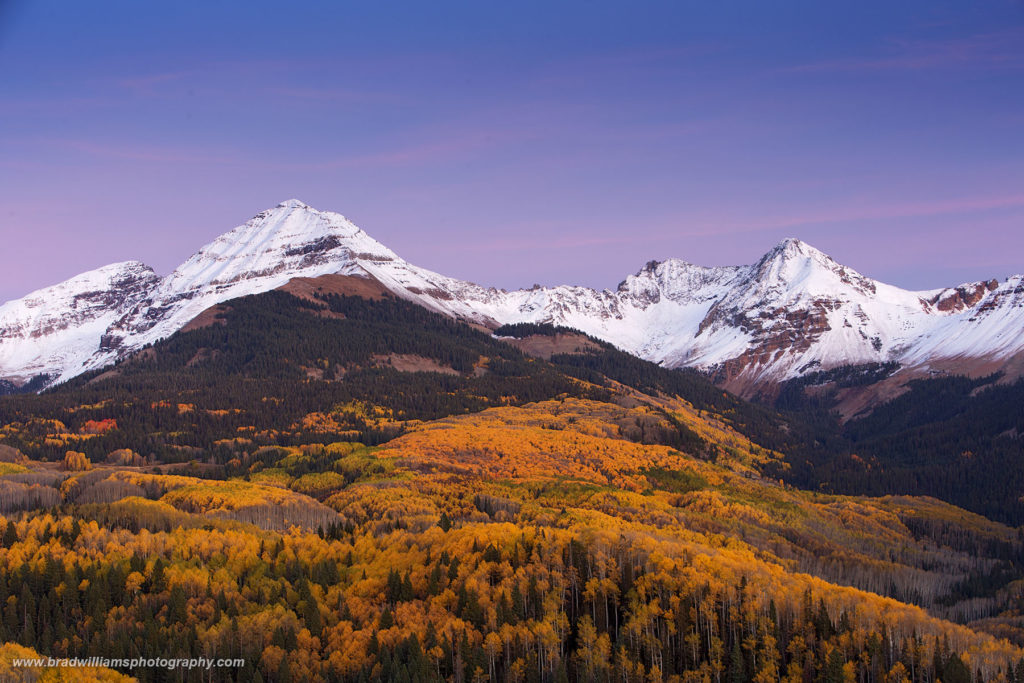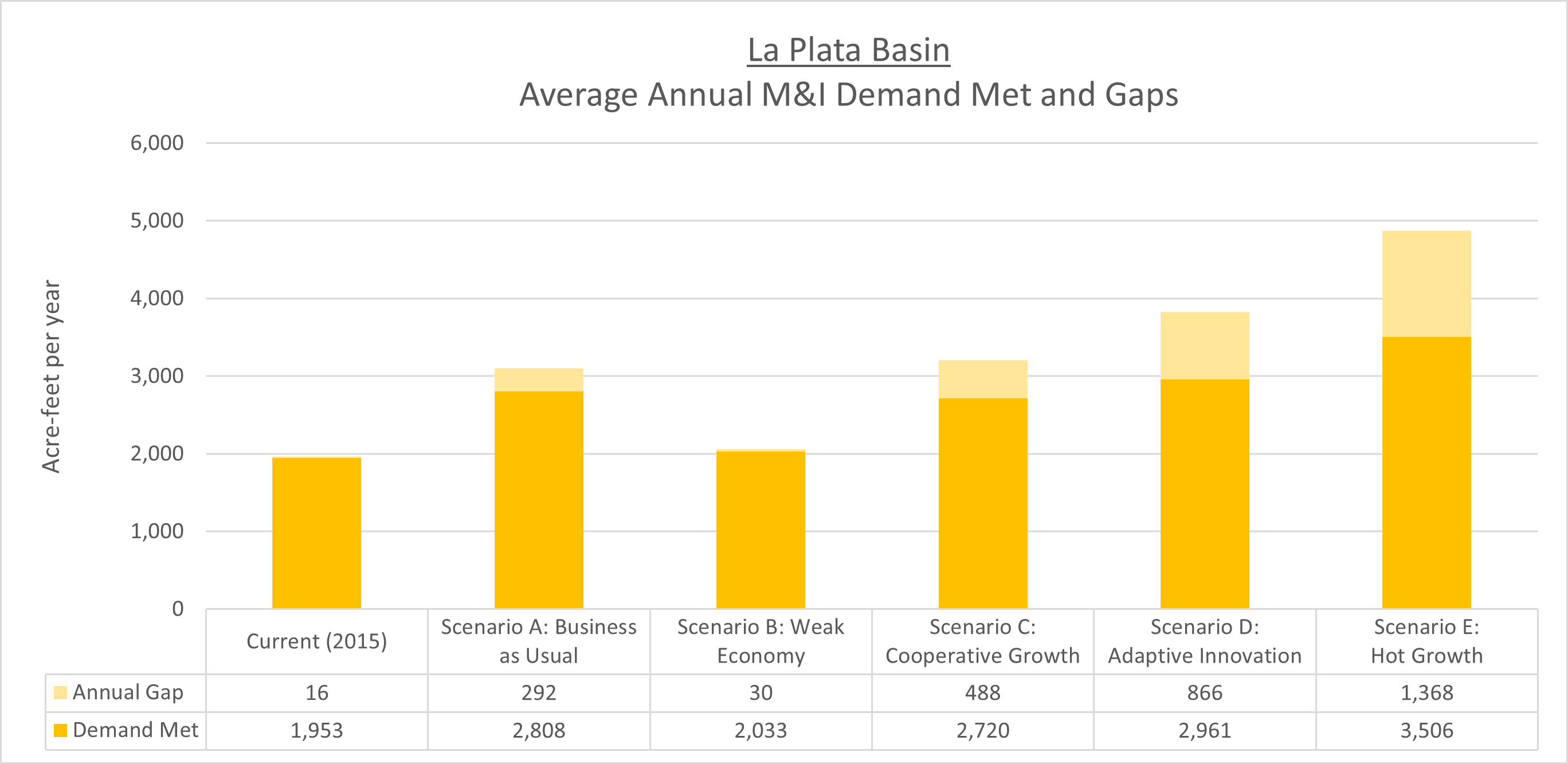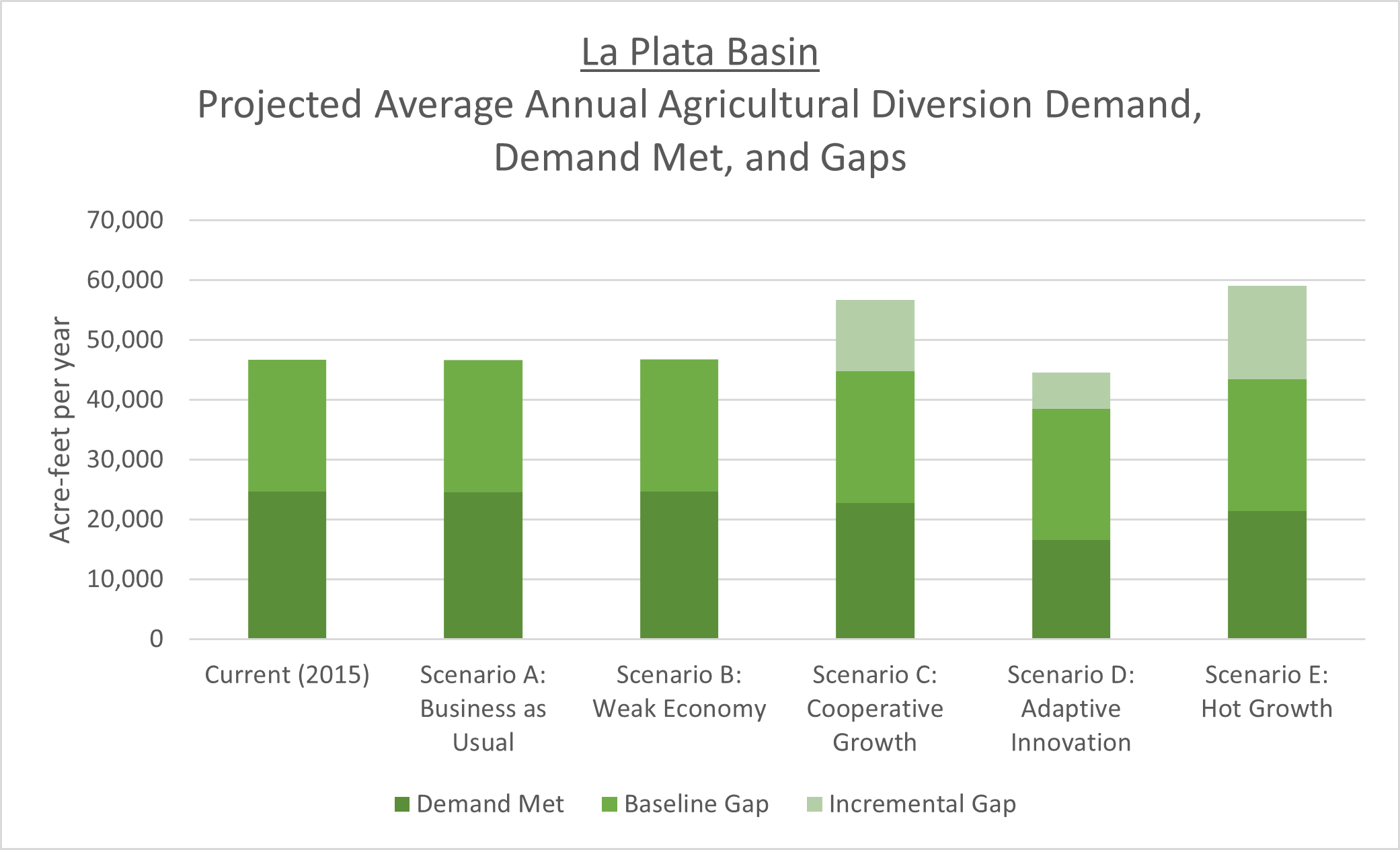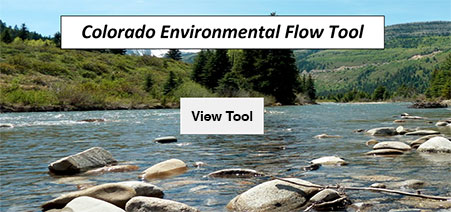About La Plata Basin
 The La Plata Basin hosts the La Plata mountains and supports Hesperus, Mayday, Red Mesa, and Marvel areas. La Plata Basin covers more than 680 square miles, and its notable features include Cherry Creek, the Red Mesa Reservoir (aka Mormon Reservoir), and Long Hollow Reservoir. The watershed irrigates about 12,420 acres of mostly grass pasture. Recreational opportunities consist mostly of fishing and fly fishing. There is public access to these waters just above Mayday in the La Plata River.
The La Plata Basin hosts the La Plata mountains and supports Hesperus, Mayday, Red Mesa, and Marvel areas. La Plata Basin covers more than 680 square miles, and its notable features include Cherry Creek, the Red Mesa Reservoir (aka Mormon Reservoir), and Long Hollow Reservoir. The watershed irrigates about 12,420 acres of mostly grass pasture. Recreational opportunities consist mostly of fishing and fly fishing. There is public access to these waters just above Mayday in the La Plata River.
The La Plata River Compact was signed in 1922 and approved by Congress in 1925. It requires dividing the waters of the La Plata River between Colorado and New Mexico. The river is administered daily except from December 1 through February 15. The Colorado DWR maintains two stream gages, one near Hesperus, CO, and one at the state line, for administration purposes. Due to the compact described below and the small average runoff compared to the amount of potentially irrigated land, the irrigated lands in the La Plata Basin suffer shortages every year, even high runoff years.
The flow of the river between February 15 and December 1 of each year is apportioned between the two states as follows:
Each state shall have the unrestricted right to use all the waters within its boundaries on each day when the mean daily flow at the Interstate station is one hundred cubic feet per second, or more; (Article II(a), La Plata Compact).
On all other days the State of Colorado shall deliver at the Interstate station a quantity of water equivalent to one-half of the mean flow at the Hesperus station for the preceding day, but not to exceed one hundred cubic feet per second” (Article II(b), La Plata Compact).
La Plata Basin Projects Information
Use the following tabbed information to explore water project information addressing La Plata Basin's water needs.
Sub Basin Map
Demand, Supply, and Potential Water Needs
Municipal and Industrial Demand, Supply, and Potential Water Needs
The Technical Update to the Colorado Water Plan (Referred to herein as the Technical Update) estimated the population of the Southwest Basin to be about 2 percent of the statewide population, which was about 108,000 people in 2015. Population in the Southwest Basin is projected to grow to between 130,000 and 280,000 people between 2015 and 2050.
The Southwest Basin’s average 2015 Baseline per capita system demand is approximately 198 gallons per capita per day (gcpd). Sources of water demand data, such as Senate Bill 1051 or Municipal Water Efficiency Plans (WEP), made up 48 percent of available information (reference the Technical Update, Section 4.9.5 Municipal and Self-Supplied Industrial Diversion Demands, page 165).
The Southwest Basin’s municipal demands were approximately 24,000 acre-feet per year (AFY) in 2015, which is projected to increase to between 26,000 and 63,000 AFY in 2050. The Southwest Basin’s industrial demands are minimal, with a 2015 Baseline demand of 2,280 AFY, which also is projected to increase to between 3,940 to 4,720 AFY in 2050.
For a detailed explanation of the methodologies used for estimating municipal and industrial (M&I) demands and gaps, reference the Technical Update Volume 1, Section 2.2.4 M&I Demands. For further information about the Southwest Basin’s M&I demands, reference the 2021 BIP Volume 1.

La Plata County, which encompasses the Pine, La Plata, and portions of the Animas rivers, had a population of about 54,800 in 2015, which was about 51 percent of the total Southwest Basin’s population. This county’s population is expected to increase in all planning scenarios, ranging from just 10 percent under Scenario B to a 147 percent increase under Scenario E.
La Plata County accounts for nearly half of the Southwest 2015 Baseline demand. There is one developing rural water system in the basin, the La Plata West Water Authority. All other domestic water is provided by wells and hauling water.



